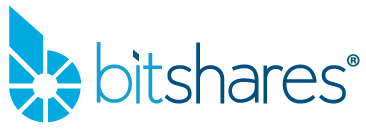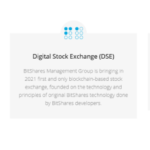Fraud/Scam Warning: Trademark, Defamatory Content,’bitsharesinvest.com’
Legal action via trademark and copyright holder Move Institute is underway. It’s clear this website is an intentional scam/fraud. So poorly executed, yet unfortunately, we received intelligence some may have…
BitShares Management Group Overview – June 2021
Corporate Goals, Philosophy, Vision, and action items undertaken Exec Summary – This article is to provide insights and details on the corporate structure/roadmap progress of BitShares Management Group (and beyond)…
“BitShares Enterprises” active in Cambodia
Following up on previous business updates from Twitter and in community chats (Telegram). BitShares Management Group firstly are pleased to announce the successful approval and registration of BitShares Enterprises Co…
Privacy Policy
Who we are Suggested text: Our website address is: https://bitshares.org/. Comments Suggested text: When visitors leave comments on the site we collect the data shown in the comments form, and…



